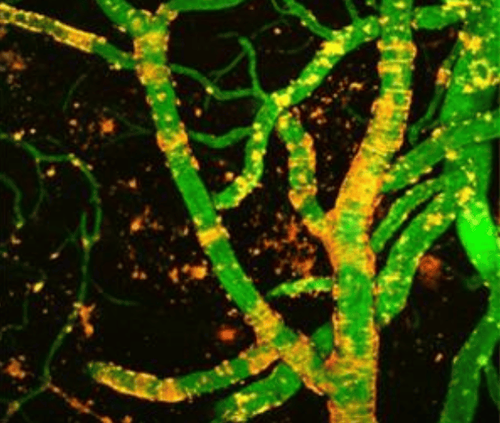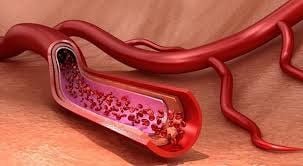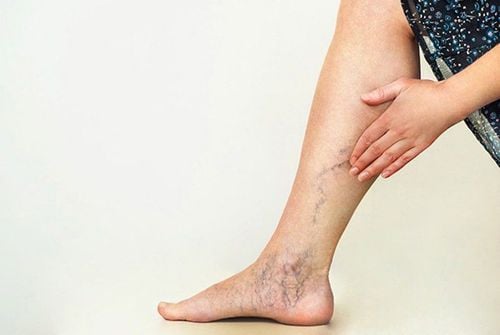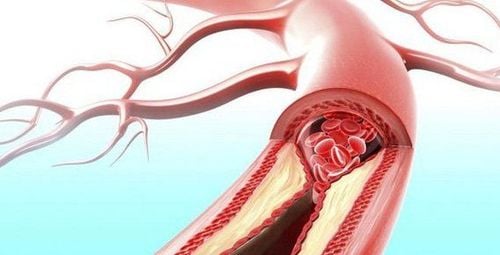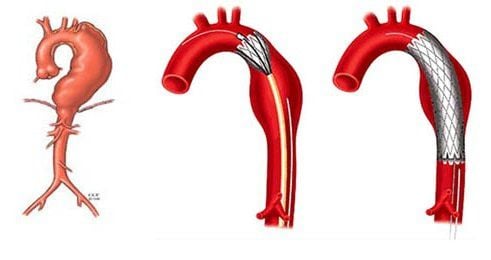This is an automatically translated article.
The article was professionally consulted by Doctor General Internal Medicine Doctor - Department of Medical Examination & Internal Medicine - Vinmec Hai Phong International General Hospital. The doctor has more than 30 years of experience in the field of internal medicine.
Blood vessels form a system in the human body and are part of the circulatory system, blood vessels are tubular, one after another forming a closed loop that carries blood from the heart to the organs and vice versa. In addition, blood vessels also have the effect of transporting nutrients, oxygen, CO2, water to the organs in the body.
1. Overview of the physiological characteristics of the vascular system
Distribution: Consists of the aorta and other arteries, contains little blood and has high pressure. Arteriolar system: The large fecal energy generated here measures arterial pressure is suppressed. Metabolic System: Has a metabolic effect on extracellular fluid. Storage system: Consists of veins, vena cava, and right atrium, which store large amounts of blood and are low in pressure. Blood pressure depends on the volume of blood in the entire veins of each person in the cardiovascular system. A normal adult has a blood volume of about 5 liters, 60% of which is contained in the venous system and venules. If the blood volume decreases by more than 10%, the blood pressure will decrease. An increase in blood volume such as fluid retention increases blood pressure.
The average speed of blood is inversely proportional to the cross-section of the blood vessel. The blood velocity is high in the aorta and gradually decreased in the small blood vessels. Blood velocity is lowest at the capillary site, where the cross-sectional area is 1000 times that of the aorta.
When the left heart brings blood into the aorta, creating high pressure, blood is circulated to the right heart, this time the place of low pressure is the right atrium. From there, it can be seen that the further away from the heart, the lower the pressure.
When the right heart ejects blood into the pulmonary circulation, the resistance to this circulation is much less than that of the systemic circulation, so the ejection pressure will be weaker than that of the left heart.
See more: Early detection of coronary heart disease to prevent myocardial infarction
2. Arterial system
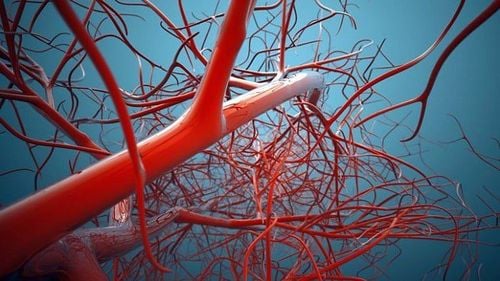
Arteries carry blood from the heart to the capillaries throughout the body. The aorta from the heart divides into many smaller arteries, which then further divide into smaller arteries called arterioles. Arteries carry blood to tissues, regulate and distribute it into capillaries in accordance with the organizational structures in the body.
Physiological characteristics of the arterial system:
Elasticity: When the heart beats intermittently but blood still flows continuously. During systole, blood receives potential energy as it is pushed into the arteries. During diastole, it returns to its original state returning the potential energy it has just received and draining the blood. Thanks to this elasticity, blood flows continuously throughout the body.
Constriction: The smooth layer of the vessel wall can change in diameter because it is controlled by nerves, especially the arterioles. The constriction property causes the amount of blood to be distributed to the organs in the body depending on human activities and needs such as exercise or rest.
3. Capillary system
The capillary system ensures the main functions of the vascular system, which is the place to exchange oxygen, CO2, nutrients from the blood and other organs in the body. To ensure this function, blood needs to slow down in the capillary network.
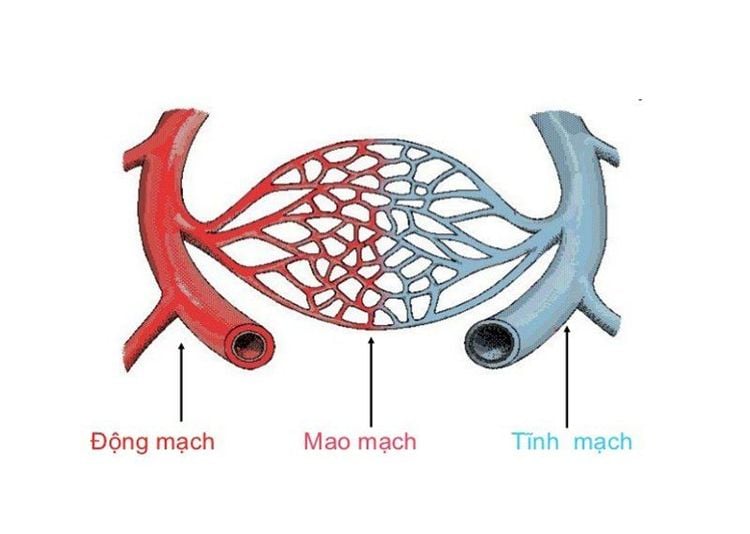
Features of structure and function:
The capillary system consists of long and thin blood vessels, the capillary head has a pre-capillary sphincter that controls the amount of blood entering the capillaries. In addition to the true capillaries, there are direct anastomoses between the venules and the arterioles. This line is wide and short, always open, so it is called a straight circuit and has a wide channel. Blood dynamics in capillaries:
Blood flows in capillaries due to pressure difference from arterioles to venules. The blood flow through the capillaries depends on the functioning of the tissues and is regulated by the precapillary sphincter as well as the resistance of the small arteries and arterioles to the tissues. Metabolism through capillaries
Metabolism takes place in capillaries, about 5% of the total blood volume in the capillary system participates in metabolism. The substances to be exchanged pass through the capillary walls, into the interstitial fluid and then into the cells, the cells excrete waste in the opposite direction. Regulation of capillary circulation:
The change in circulatory flow depends on two factors:
The autonomic nervous system controls peripheral resistance by acting on the smooth muscle of the arteriole wall. Local metabolites present in the tissue relax the precapillary sphincters.
4. Venous system
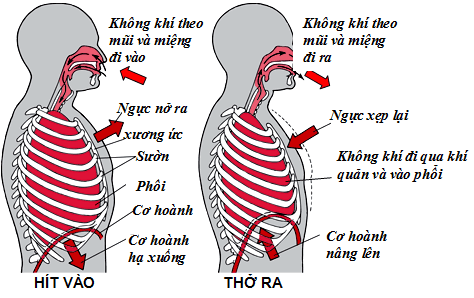
Structural and functional features
From the capillaries, blood enters thin-walled blood vessels called venules, the venules gather into the large venules. The vein wall is composed of three layers: the innermost layer is composed of endothelial cells, the middle layer consists of connective fibers and muscle fibers, and the thin outer layer consists of elastic connective fibers. Veins are highly dilated and can hold large volumes of blood with little change in internal pressure. Factors that help blood flow to the heart
Cardiovascular factors Venous valves Strength of skeletal muscle contractions Respiratory movements Blood dynamics in the venous circulation
Blood flowing in the veins has low pressure, so it is not enough to return to the heart. The blood velocity in the great vein is approximately 10cm/s equal to 1⁄4 in the aorta. The flow of veins increases or decreases depending on the organization of activity or rest. Regulates venous circulation
Veins can dilate like arteries, but they are more likely to dilate than contract because the vein walls have less smooth muscle fibers. Factors affecting venous circulation: + Cold temperature constricts veins, high temperature causes varicose veins.
+ Gases
+ Some drugs such as adrenaline cause vasoconstriction, nicotine causes varicose veins.
For any questions, please contact Vinmec International General Hospital for advice and answers.
Please dial HOTLINE for more information or register for an appointment HERE. Download MyVinmec app to make appointments faster and to manage your bookings easily.




